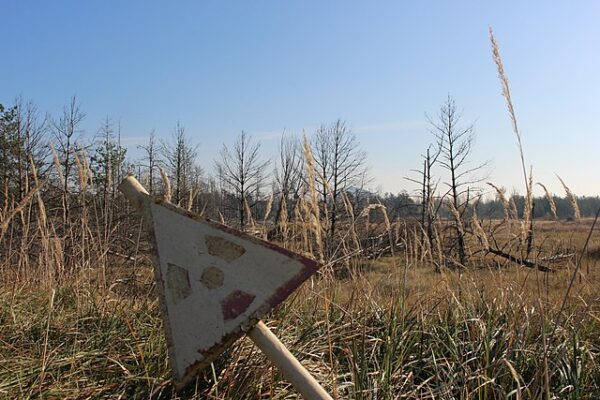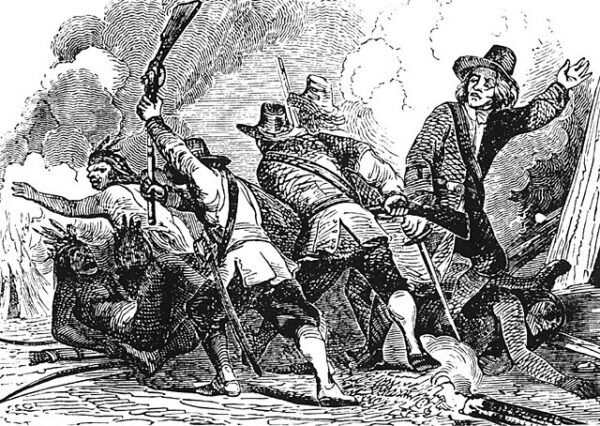In the early hours of April 26, 1986, the worst nuclear accident in history unfolded at the Chernobyl Nuclear Power Plant near Pripyat, in the Ukrainian Soviet Socialist Republic. Reactor No. 4 exploded during a late-night safety test gone awry, releasing massive amounts of radioactive material into the atmosphere. The disaster, caused by a combination of flawed reactor design and critical operator errors, would have consequences that reverberated around the world for decades.
The test being conducted that night was meant to simulate a power outage to ensure the reactor could safely shut down until backup generators were operational. However, a series of fatal mistakes were made: operators disabled critical safety systems, violated protocols, and pushed the reactor into a dangerously unstable state. At 1:23 a.m., an uncontrollable power surge caused a series of explosions that blew the heavy steel and concrete lid off the reactor, igniting fires and releasing radioactive particles into the air.
Initial response efforts were chaotic and poorly managed. Firefighters who rushed to the scene had no knowledge of the radiation hazard they faced. Many first responders received lethal doses of radiation within minutes and would succumb to acute radiation sickness in the following days. The Soviet government, unwilling to admit the full scale of the catastrophe, delayed releasing information. It was only when radiation alarms went off at a nuclear facility in Sweden two days later that the world realized a major nuclear event had occurred.
The evacuation of Pripyat, a model Soviet city built to house plant workers and their families, was not ordered until more than 24 hours after the explosion. Residents, who had gone about their daily routines under a blue sky heavily laced with invisible radioactive fallout, were told they would be gone for only a few days. In reality, they would never return. A 30-kilometer Exclusion Zone was established around the reactor, encompassing towns, forests, and farmland contaminated beyond safe habitation.
The environmental and human toll was staggering. Radioactive isotopes such as iodine-131, cesium-137, and strontium-90 spread over large parts of Europe. An estimated 600,000 workers, known as “liquidators,” were mobilized to contain the disaster, building a concrete sarcophagus over the ruined reactor and conducting massive decontamination efforts. Many liquidators suffered long-term health consequences, including cancer and other radiation-induced illnesses.
The official Soviet death toll stood at 31 in the immediate aftermath, but independent estimates suggest that thousands—possibly tens of thousands—of premature deaths across Europe can be attributed to Chernobyl’s fallout. The disaster left a legacy of thyroid cancers, birth defects, and psychological trauma in affected populations.
Politically, Chernobyl was a turning point. It exposed the deep flaws of the Soviet system: bureaucratic secrecy, disregard for public safety, and institutional incompetence. Mikhail Gorbachev, the Soviet leader at the time, later acknowledged that Chernobyl was a pivotal factor in the collapse of the Soviet Union just a few years later. The disaster eroded public trust and fueled calls for greater transparency under his policy of “glasnost.”
In subsequent decades, efforts have been made to contain and mitigate the consequences of the disaster. In 2016, a massive new structure known as the New Safe Confinement was placed over the original sarcophagus to prevent further radiation leakage. Environmental scientists continue to monitor the area, and the Exclusion Zone, eerily overgrown and depopulated, has become a symbol of both nature’s resilience and humanity’s hubris.
Today, the name “Chernobyl” stands as a grim warning about the risks of nuclear energy when safety is compromised by human arrogance and systemic failure. April 26 serves as a day of remembrance for the victims and a reminder of the ongoing need for vigilance, transparency, and respect for the immense power that nuclear technology holds.






